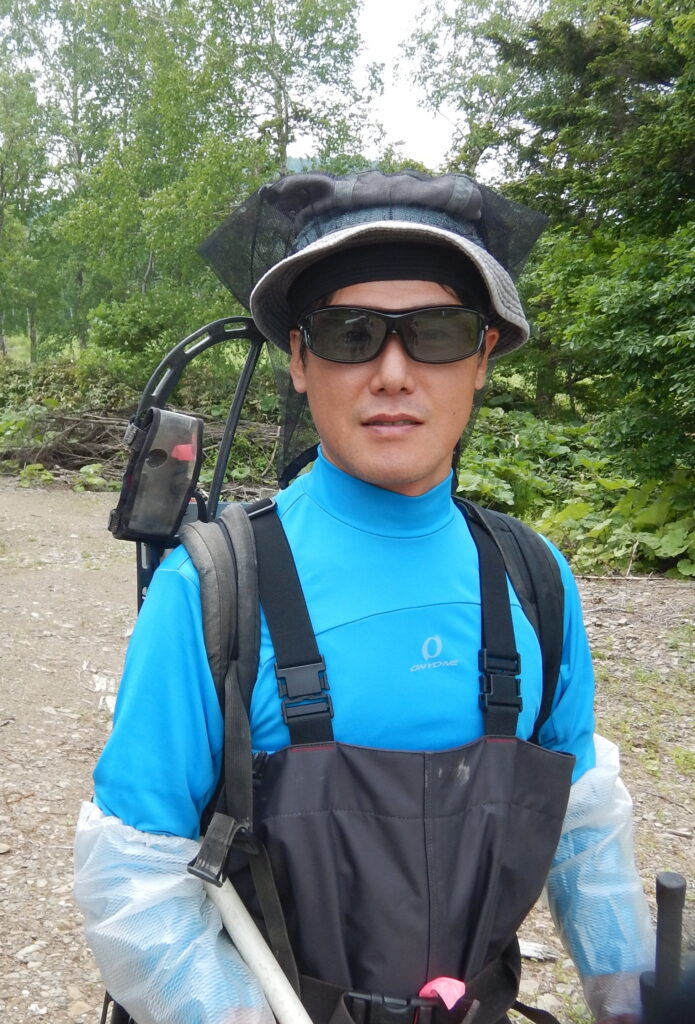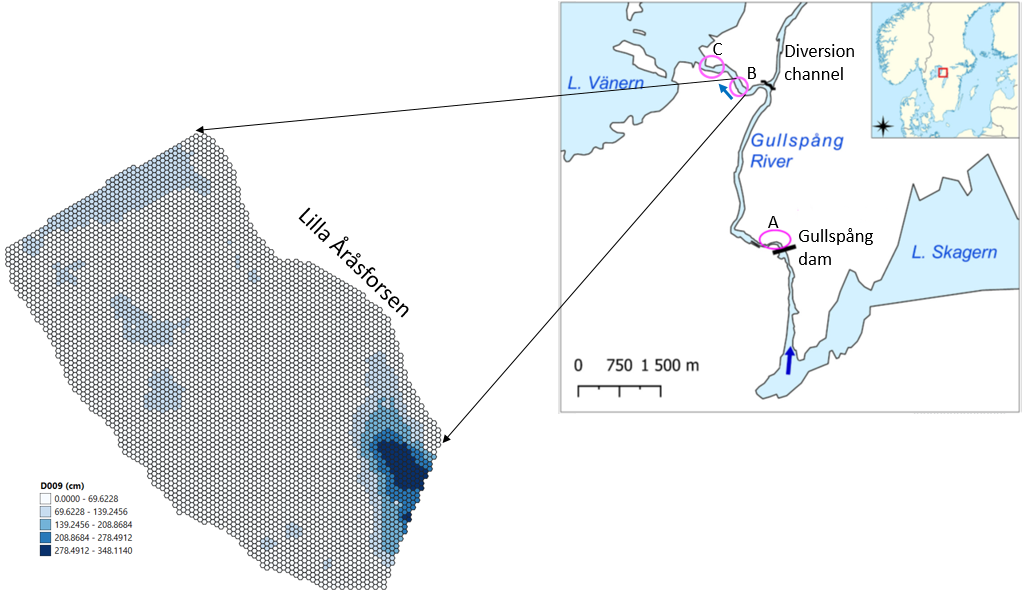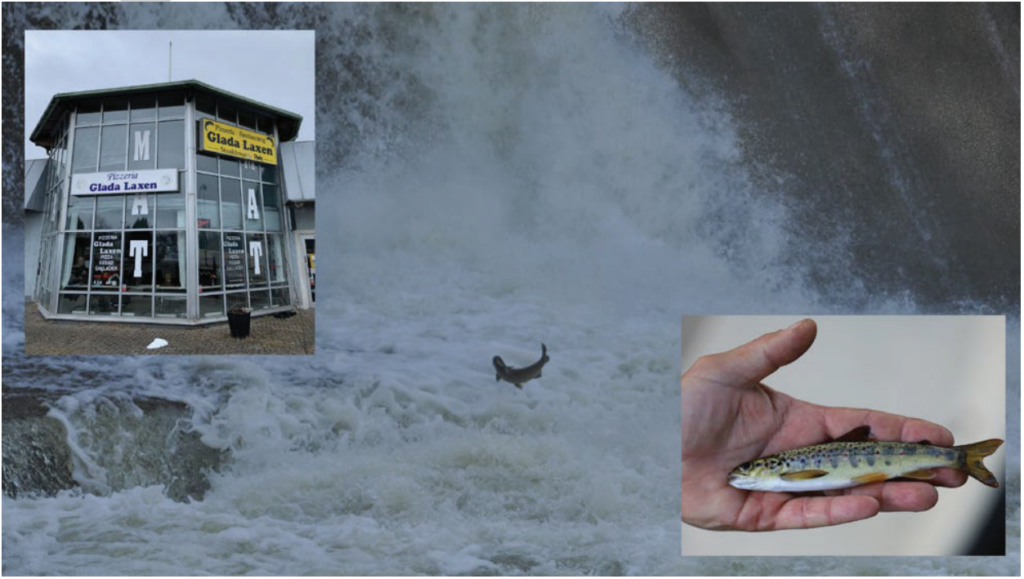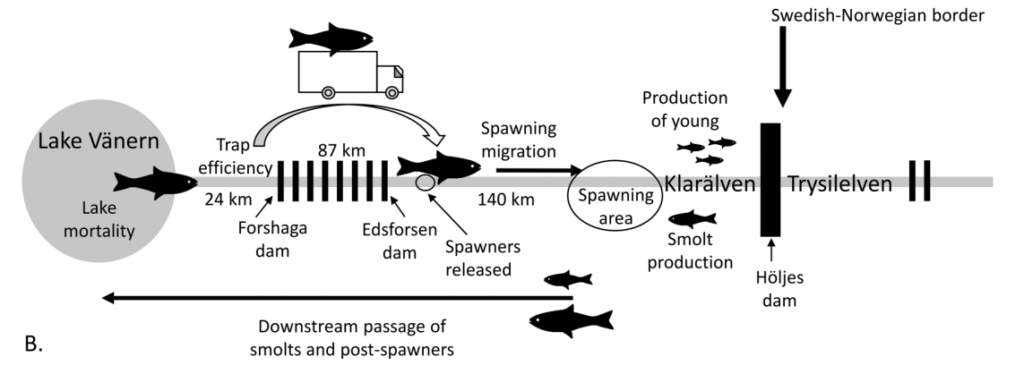New paper on flow effects on salmonid fry out
Posted by Louis Addo | Conservation, Ecology, and Evolution of Nonanadromous Atlantic Salmon, Karlstads universitet, Papers, RivEM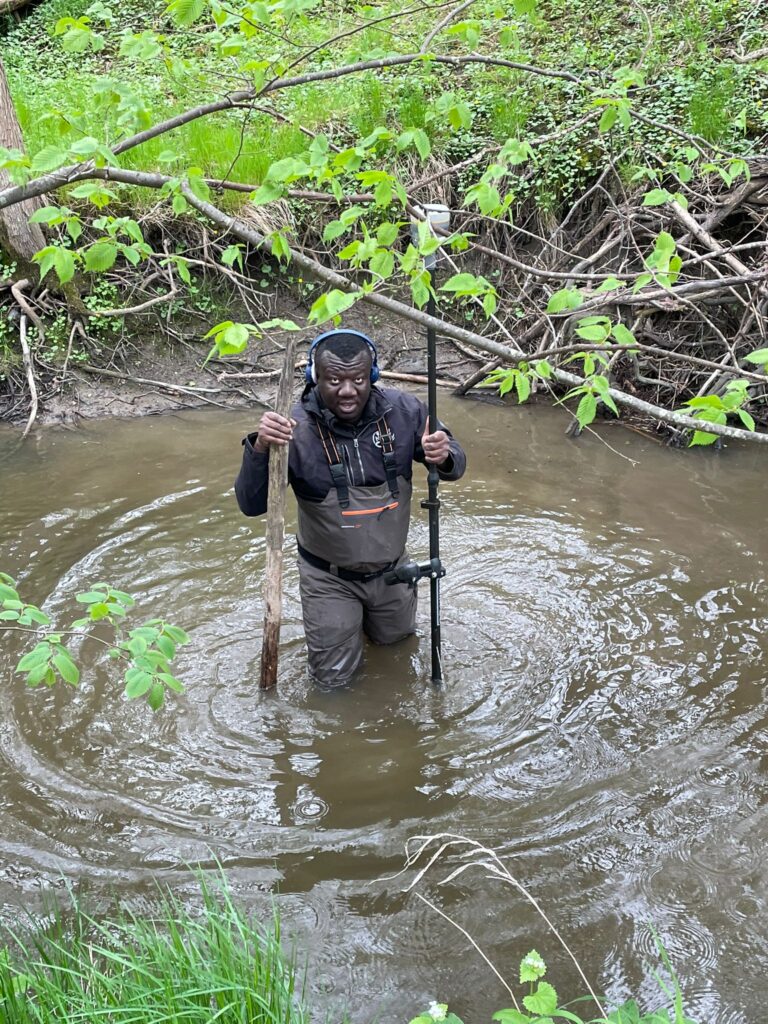
Louis Addo (Doctoral Student), Mahboobeh Hajiesmaeli (Post-doctoral Researcher), John Piccolo (Professor) and John Watz (Associate Professor in Biology) all from the River Ecology and Management Research Group RivEM, Department of Environmental and Life Sciences at Karlstad University have recently published a paper entitled “Growth and mortality of sympatric Atlantic salmon and brown trout fry in fluctuating and stable flows” with the journal Ecology of Freshwater Fish.
In their paper, they explore the potential effects of hydropeaking or short-term regulated rivers on the growth and mortality of sympatric Atlantic salmon (Salmo salar) and brown trout (Salmo trutta) at the fry life stage.
This paper is open-access and can be found at https://onlinelibrary.wiley.com/doi/epdf/10.1111/eff.12685



